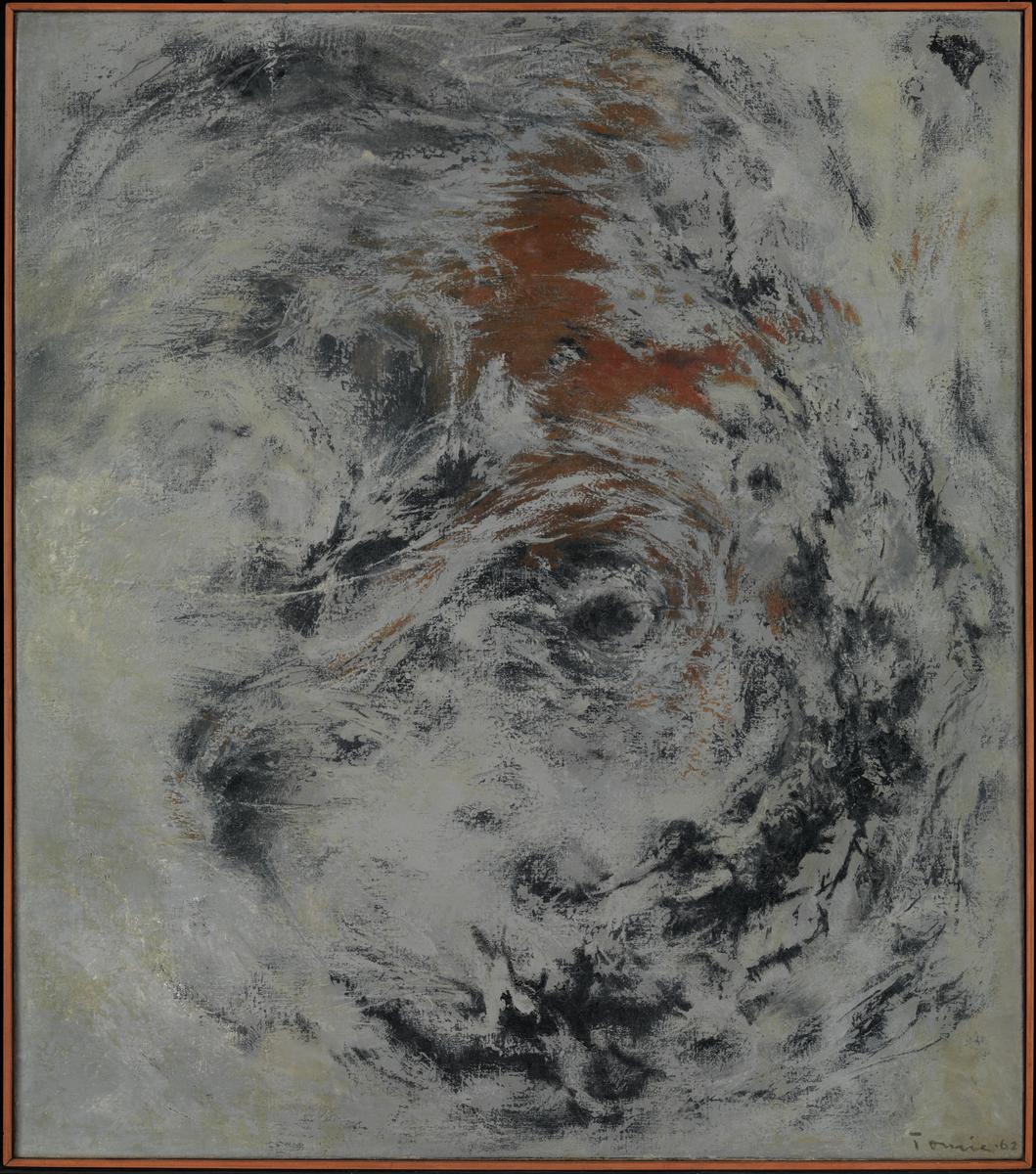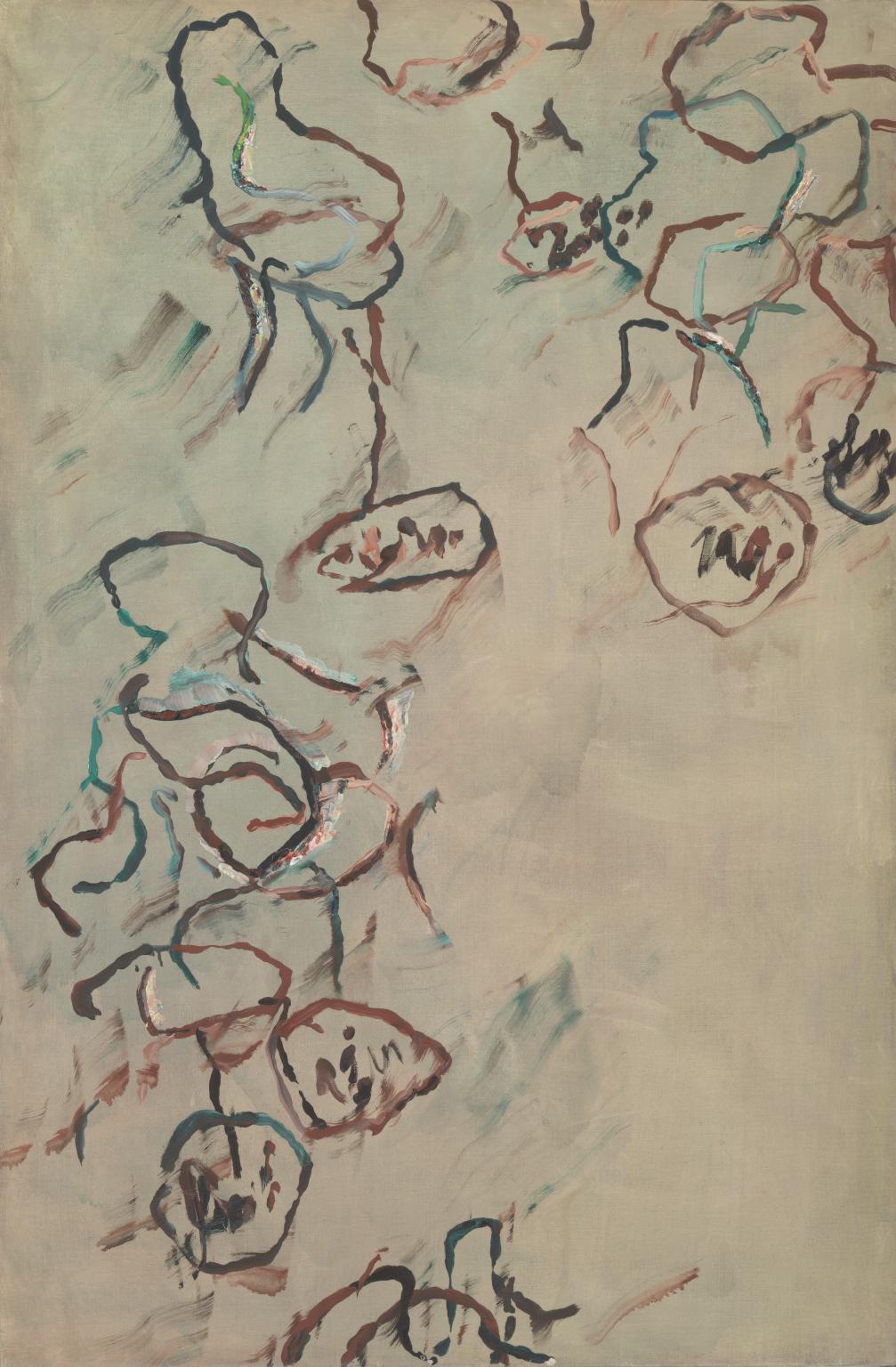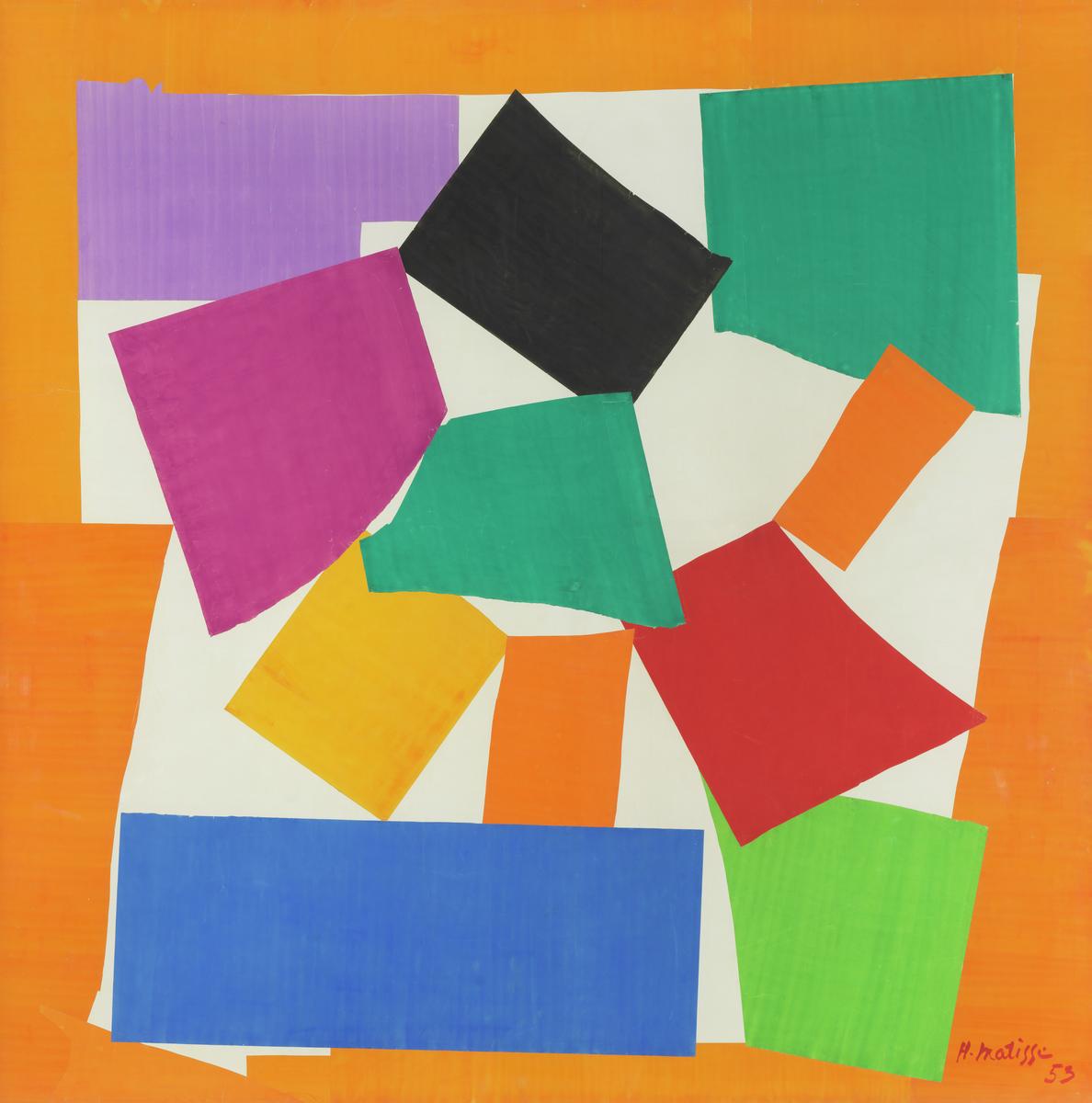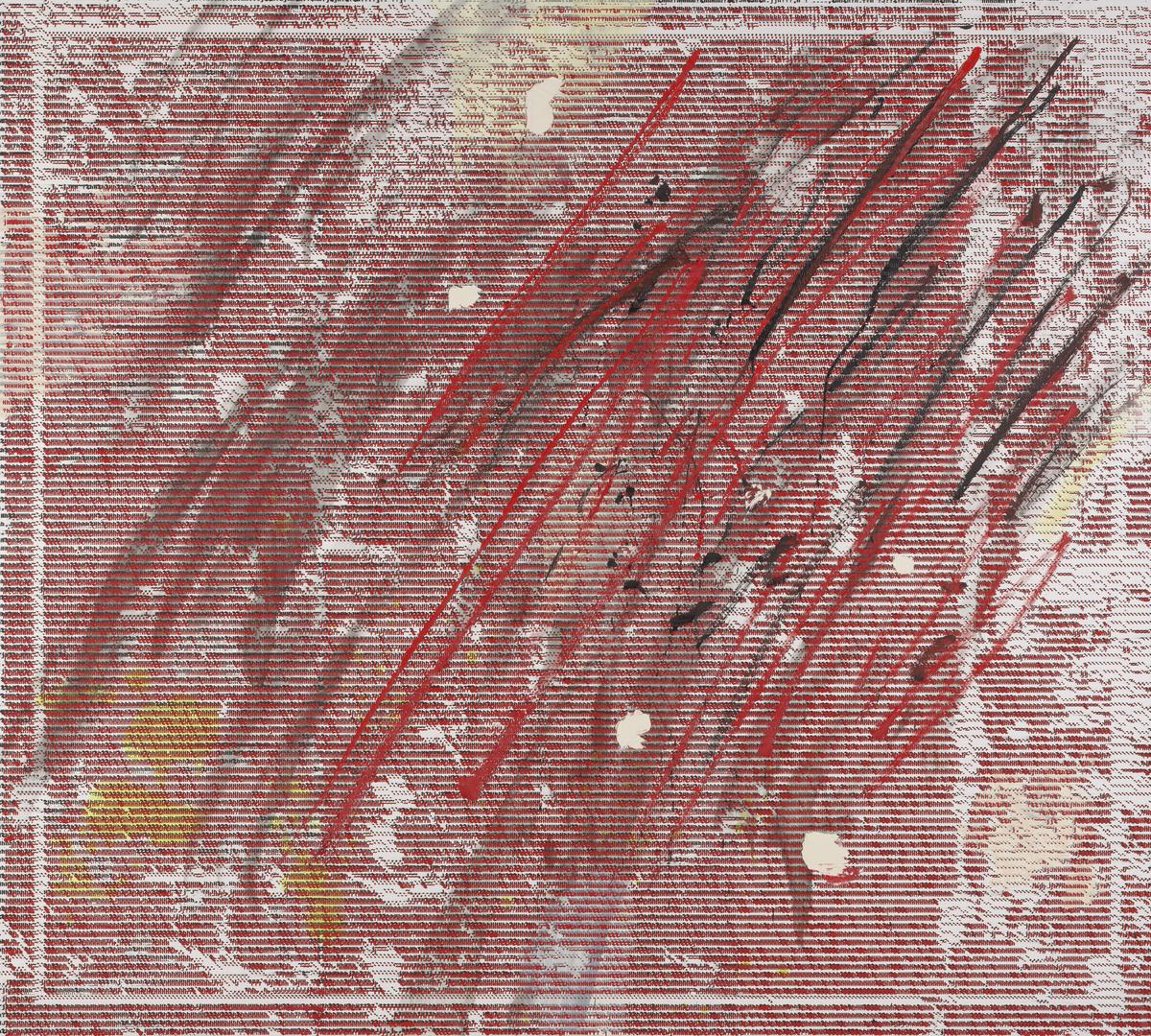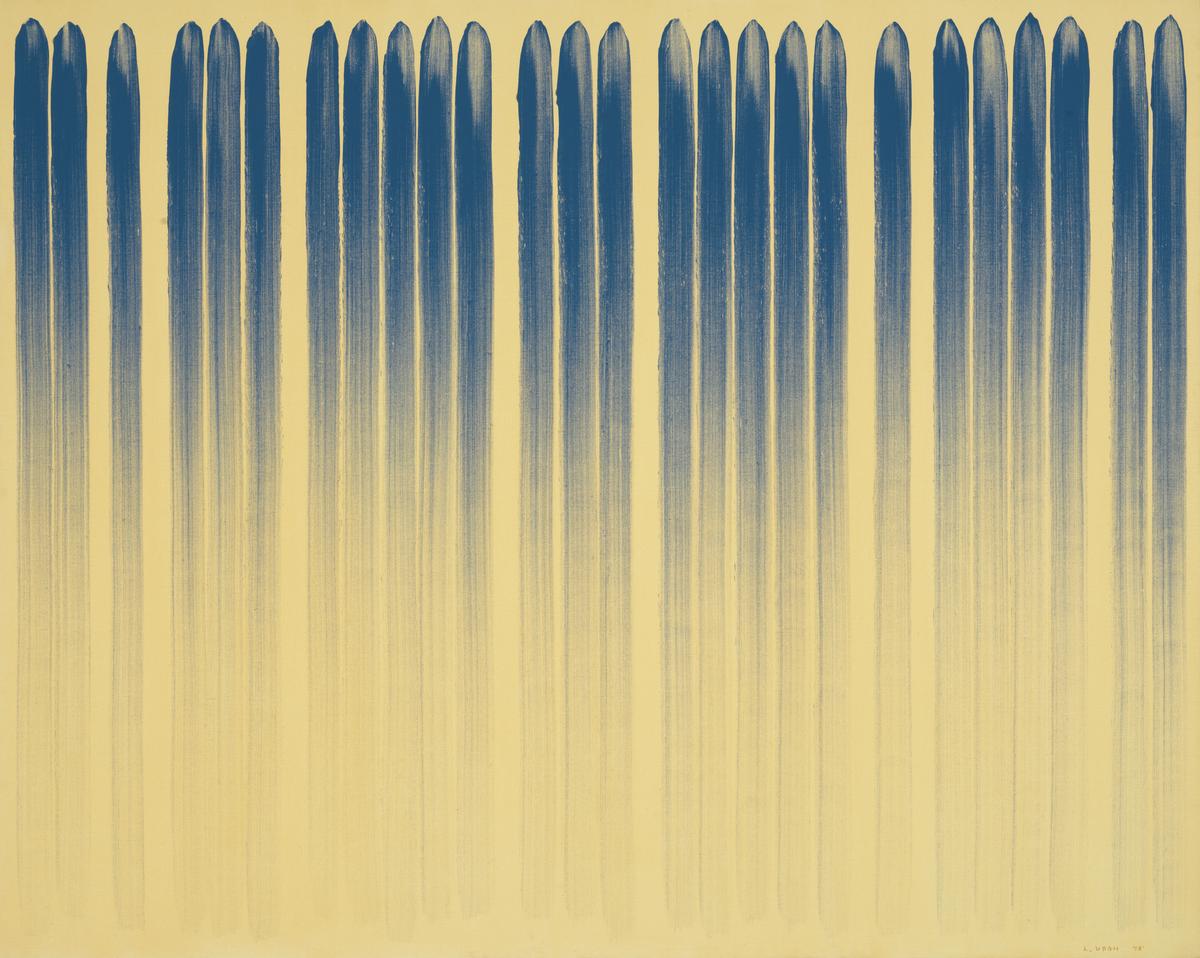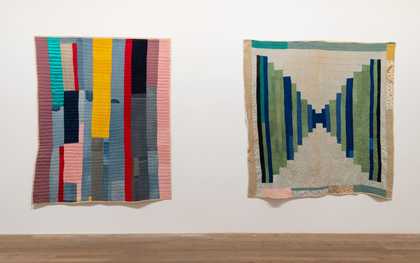Discover artworks which incorporate used textile fragments or reference textile traditions to demonstrate the ways in which cloth holds memory
Textiles often carry personal, cultural and familial meaning. People without access to art studios or a formal art education have employed textiles found in the home as a creative medium. The Gee’s Bend quiltmakers are an intergenerational community of African American women living in the isolated hamlet of Boykin (Gee’s Bend), Alabama. Many of the quiltmakers are direct descendants of the enslaved people forced to labour at the cotton plantation established there by Joseph Gee in 1816. Though the Gee’s Bend quilts were originally made by necessity as bedspreads and blankets, the tradition has continued with new generations. In recent years the quilts have been shown in fine art museums and galleries internationally, displayed for their improvisatory compositions and resourceful use of materials.
Contemporary artists Zohra Opoku and Antonio Pichillá Quiacaín both explore the cultural significance of textiles in relation to their own heritage. Opoku’s Queens and Kings traces historical representations of power and portrayal in Ghanaian society and references Ghanaian Kente cloth (brightly coloured woven cloth, originally reserved for dressing royalty).
Her imagery is screenprinted onto a patchwork of found and stitched cloths. It shows large sacks of clothing, illustrating the textile waste sent from the global west to markets in Ghana and across west Africa. Antonio Pichilla Quiacain is influenced by the Maya culture of his grandparents, while also reflecting aspects of geometric modernist abstract painting in his woven works.
Art in this room
